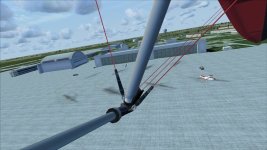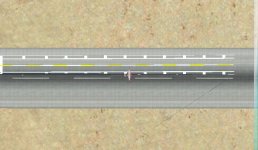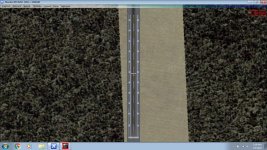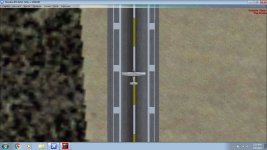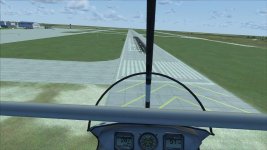goshawk45
Members +
Hey all,
I am currently working on a scenery package for NAS Chase Field and I was wondering how do I add FLCP markings and IFOLS trailers to the field's runways with ADE? Or is there another program or way to do it? (Pardon my lack of knowledge, this is my first scenery development.)
Thanks,
Goshawk45
I am currently working on a scenery package for NAS Chase Field and I was wondering how do I add FLCP markings and IFOLS trailers to the field's runways with ADE? Or is there another program or way to do it? (Pardon my lack of knowledge, this is my first scenery development.)
Thanks,
Goshawk45


